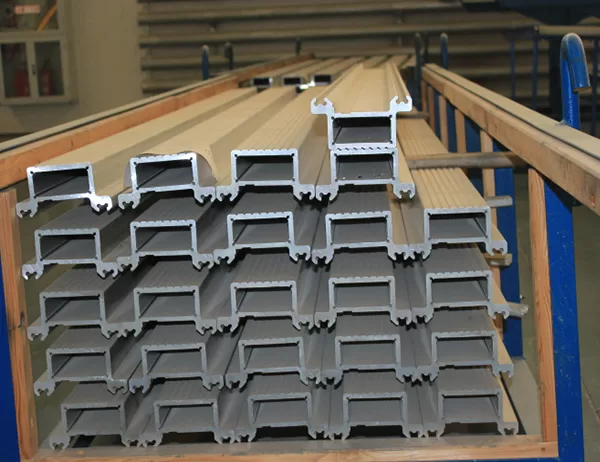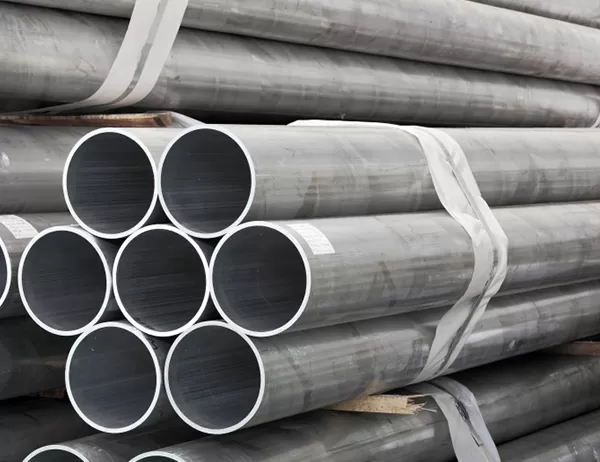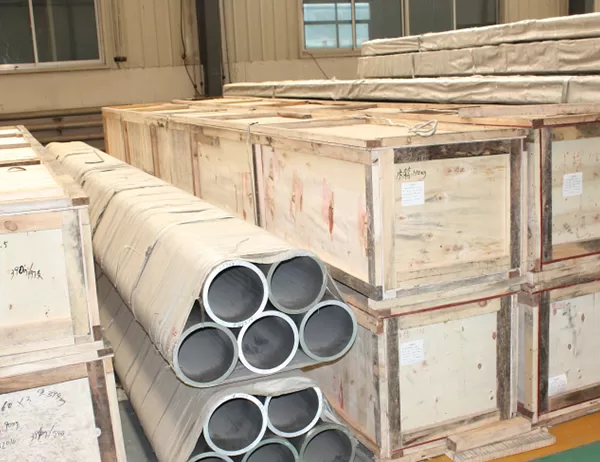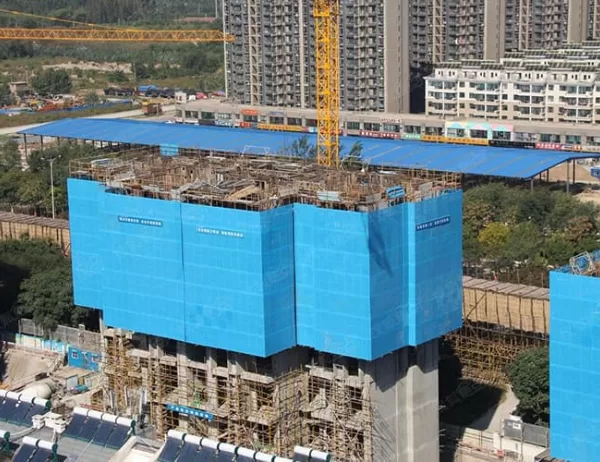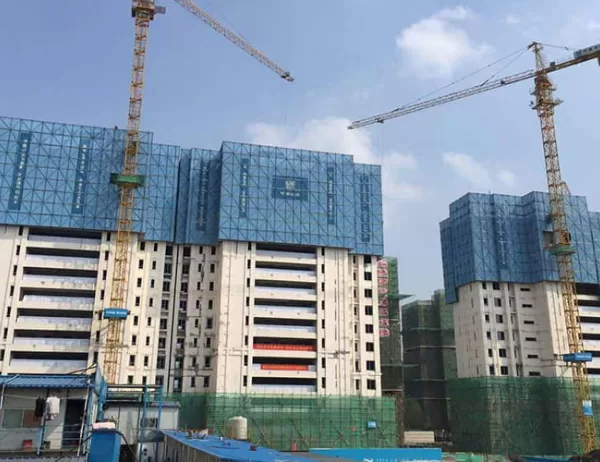In the realm of design and construction, lightweight aluminium track profiles have emerged as a game-changer, offering a myriad of advantages in a wide range of applications. These profiles are crafted from high-quality aluminium alloys, providing exceptional strength-to-weight ratios and durability, making them ideal for use in various architectural, engineering, and industrial projects.
Versatility and Customization
One of the primary advantages of lightweight aluminium track profiles lies in their unparalleled versatility. They can be tailored to suit specific requirements, enabling designers and engineers to create innovative and bespoke solutions. The profiles can be cut to desired lengths, bent into intricate shapes, and anodized in a wide range of colours, allowing for seamless integration into various design concepts.
Strength and Durability
Despite their lightweight nature, aluminium track profiles possess remarkable strength and durability. They are resistant to corrosion, weathering, and impact forces, ensuring a long lifespan and low maintenance requirements. Their strength-to-weight ratio makes them suitable for load-bearing applications, such as curtain wall framing, solar panel mounting systems, and industrial machinery.
Architectural Aesthetics
Aluminium track profiles offer significant aesthetic benefits, enhancing the overall appearance of architectural structures. Their sleek, minimalist design complements modern and contemporary architecture, while their ability to be anodized in a variety of colours allows for customization to match any design scheme. The profiles create clean lines and sophisticated details, resulting in visually appealing and enduring structures.
Weight Reduction and Energy Efficiency
The lightweight nature of aluminium track profiles contributes to overall weight reduction in building projects. This has a direct impact on structural design, reducing the need for excessive reinforcement and lowering transportation costs. Furthermore, the energy efficiency of these profiles is enhanced due to their high thermal conductivity, allowing for better insulation and reduced energy consumption throughout the building’s lifespan.
Sustainability and Environmental Considerations
Aluminium track profiles are environmentally friendly and sustainable, supporting green building initiatives. They are manufactured using recycled materials and can be easily recycled at the end of their lifecycle. The lightweight nature of these profiles reduces transportation emissions, making them a responsible choice for reducing the carbon footprint of construction projects.
Applications and Industries
The versatility and advantages of lightweight aluminium track profiles have led to their wide adoption across various applications and industries. They are extensively used in:
Architecture: Curtain walls, windows, doors, facades, skylights
Engineering: Structural framing, solar panel mounting systems, industrial machinery
Interiors: Partitioning systems, furniture components, lighting fixtures
Automotive: Vehicle frames, body panels, interior components
In conclusion, lightweight aluminium track profiles offer a compelling combination of versatility, strength, aesthetics, sustainability, and weight reduction. Their adaptability to various applications and industries makes them an invaluable asset for designers, engineers, and architects seeking innovative and efficient solutions for their projects. By embracing the advantages of these profiles, professionals can create durable, visually appealing, and environmentally conscious structures that meet the demands of modern design and construction.
